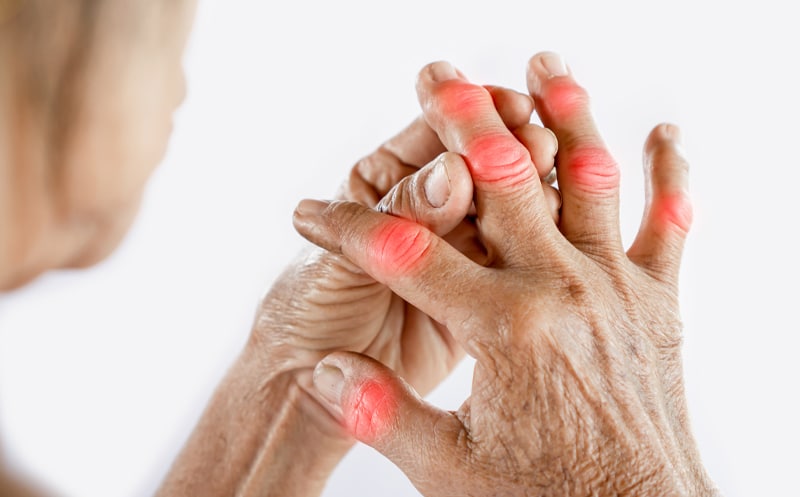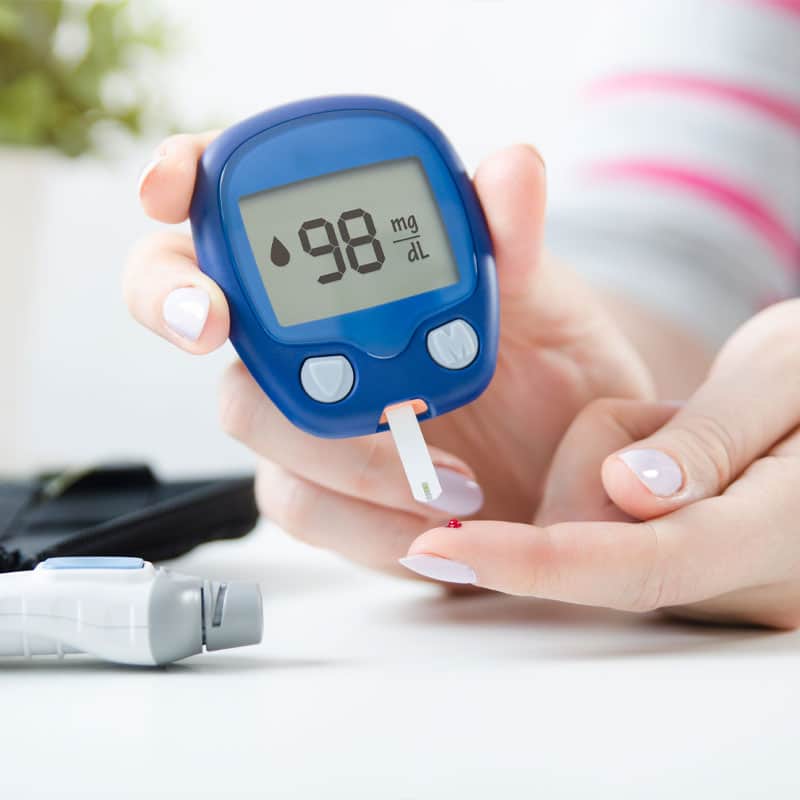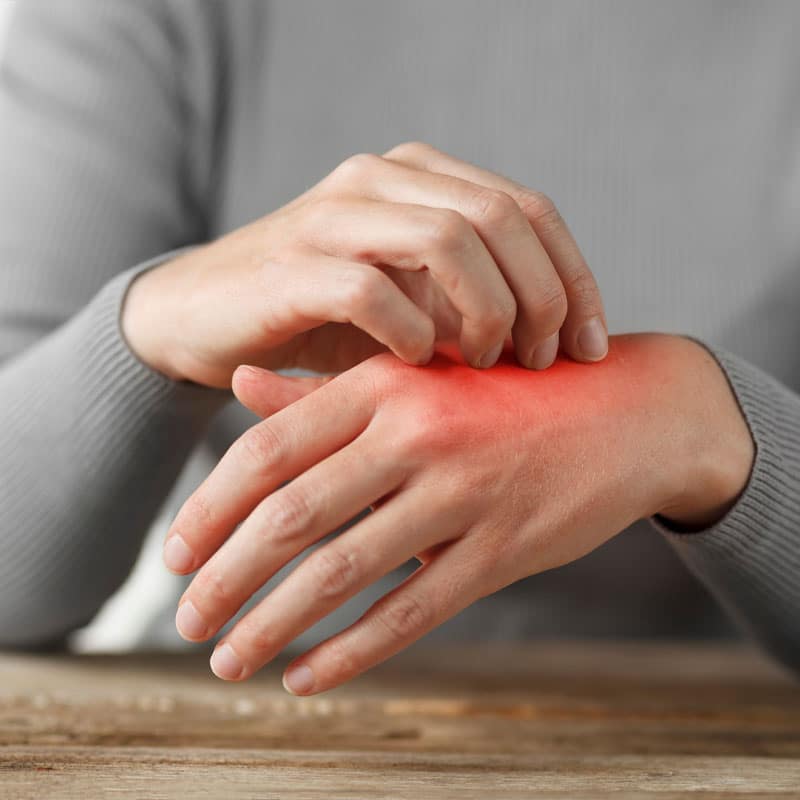Approximately 10 percent of the American population has been diagnosed with diabetes. It is estimated that more than 7 million individuals have undiagnosed diabetes. Diabetes affects all parts of your body, including your skin. In fact, skin problems are often one of the first signs of diabetes. Luckily, many of these skin problems can either be prevented or treated easily if diabetes is caught early. When your glucose levels are too high, this can negatively impact your skin. If your skin begins showing any of the following warning signs, you may have undiagnosed diabetes, or your diabetic medications need to be adjusted because they are not managing your glucose well.
Acanthosis Nigricans
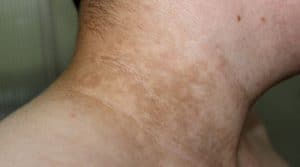
If you have too much insulin in your blood, you can develop a condition called acanthosis nigricans. This skin condition causes dark patched or bands of velvety skin along the groin, armpit, or back of the neck. Typically, acanthosis nigricans is often a sign of prediabetes. If you notice dark skin in the creases of your body, get your blood sugar levels checked.
Blisters
Individuals suffering from diabetes may have a blister to suddenly appear on their skin. These blisters are often found on the hands, forearms, feet, or legs. The blisters look like those that develop following a serious burn; however, they are not painful. You can have one large blister or a group of blisters. If you notice you have blisters, let your doctor know so that appropriate steps can be taken to prevent an infection.
Diabetic Ulcers
If your diabetes is uncontrolled for an extended period of time, you can develop poor circulation and nerve damage, which can make it difficult for your body to heal itself. One of the most common places for wounds that do not heal properly is the feet. These open wounds are referred to as diabetic ulcers. If you have diabetes, your feet should be checked daily to ensure you have no open wounds or sores that are not healing well.
Digital Sclerosis
Digital Sclerosis causes the skin to thicken, become tight, waxy, and hard, and have a texture similar to an orange peel. This condition often develops on the fingers or toes. If the skin issue develops on your hands, your fingers can become stiff and difficult to move. Digital sclerosis can spread to your forearms or upper arms. If your diabetes is not managed, it can continue to spread to your neck, upper back, and shoulders. There have been cases where the skin has thickened over the elbows, ankles, and knees, which make it difficult to straighten or bend your joints.
Eruptive-xanthomatosis
Eruptive-xanthomatosis causes small reddish yellow bumps to appear on the buttocks, back of the knees, crooks of the elbows, or thighs. The pumps look similar to pimples and are typically itchy and tender. Once your diabetes is controlled, this skin condition usually disappears.
Necrobiosis Lipoidica
This skin problem starts with small raised pumps that look similar to pimples. Approximately 0.3 percent of diabetics develop this skin condition. As the condition progresses, the bumps turn into swaths of hard swollen skin that can be red, brown, or yellow. The skin develops a shiny appearance and you can see the blood vessels in the area. The rash is painful and itchy. Necrobiosis lipodica is cyclic, meaning it will go through phases of activity and inactivity.
Shin Spots
Shin spots, also called diabetic dermopathy, is a skin condition that typically appears on the shins; however, it can also appear on your arms, your trunk, your tights, and other parts of your body. Diabetic dermopathy causes spots or lines that create a minimally noticeably depression in your skin. The spots are typically brown and cause no other symptoms. Many people think these are age spots; however, unlike age spots, the lines and spots begin to fade in 18 to 24 months.
Skin Infections
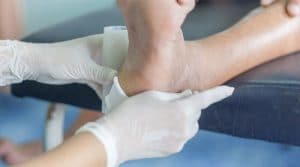
Individuals with diabetes are at an increased risk of developing a skin infection. This infection can occur anywhere on the body, including your scalp, around your nails, between your toes, etc. If your skin becomes hot and swollen, or you develop an itchy rash, blisters, scaly skin, or have a discharge that looks similar to cottage cheese, you may have a skin infection.
Diabetes can cause a plethora of skin issues. Skin problems are often the first sign of prediabetes or undiagnosed diabetes. Our team of integrative doctors and nurse practitioners understands how diabetes impacts your entire body, including the skin. You will receive a personalized diabetes treatment plan that also addresses any associated skin issues.





